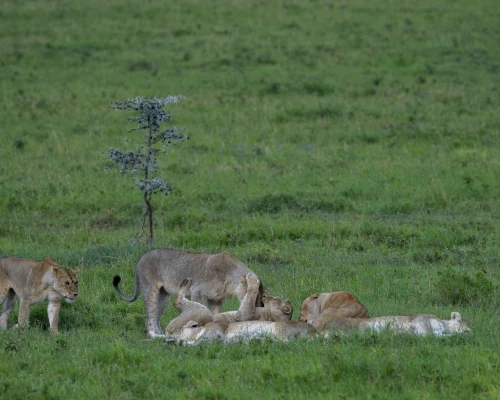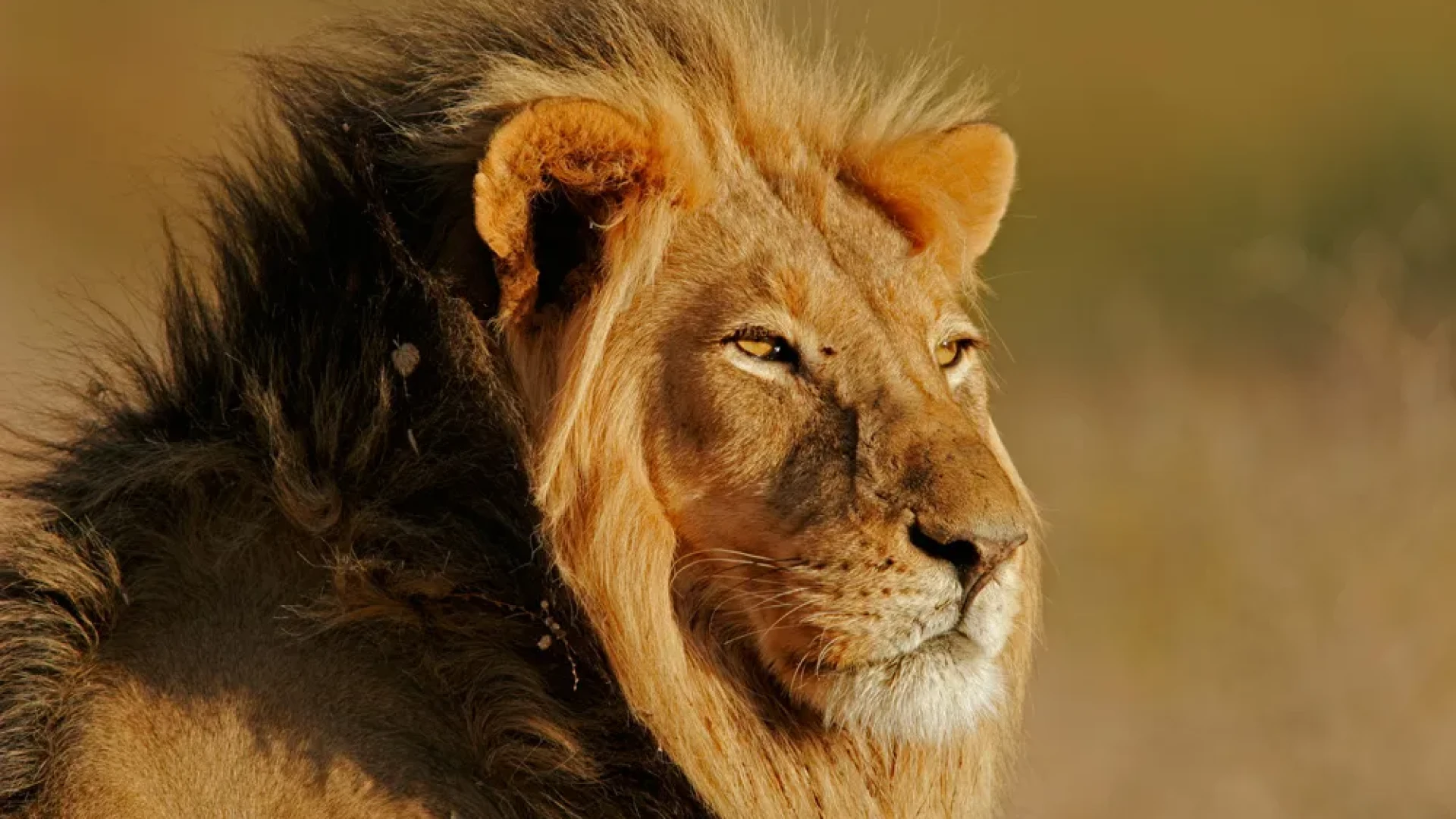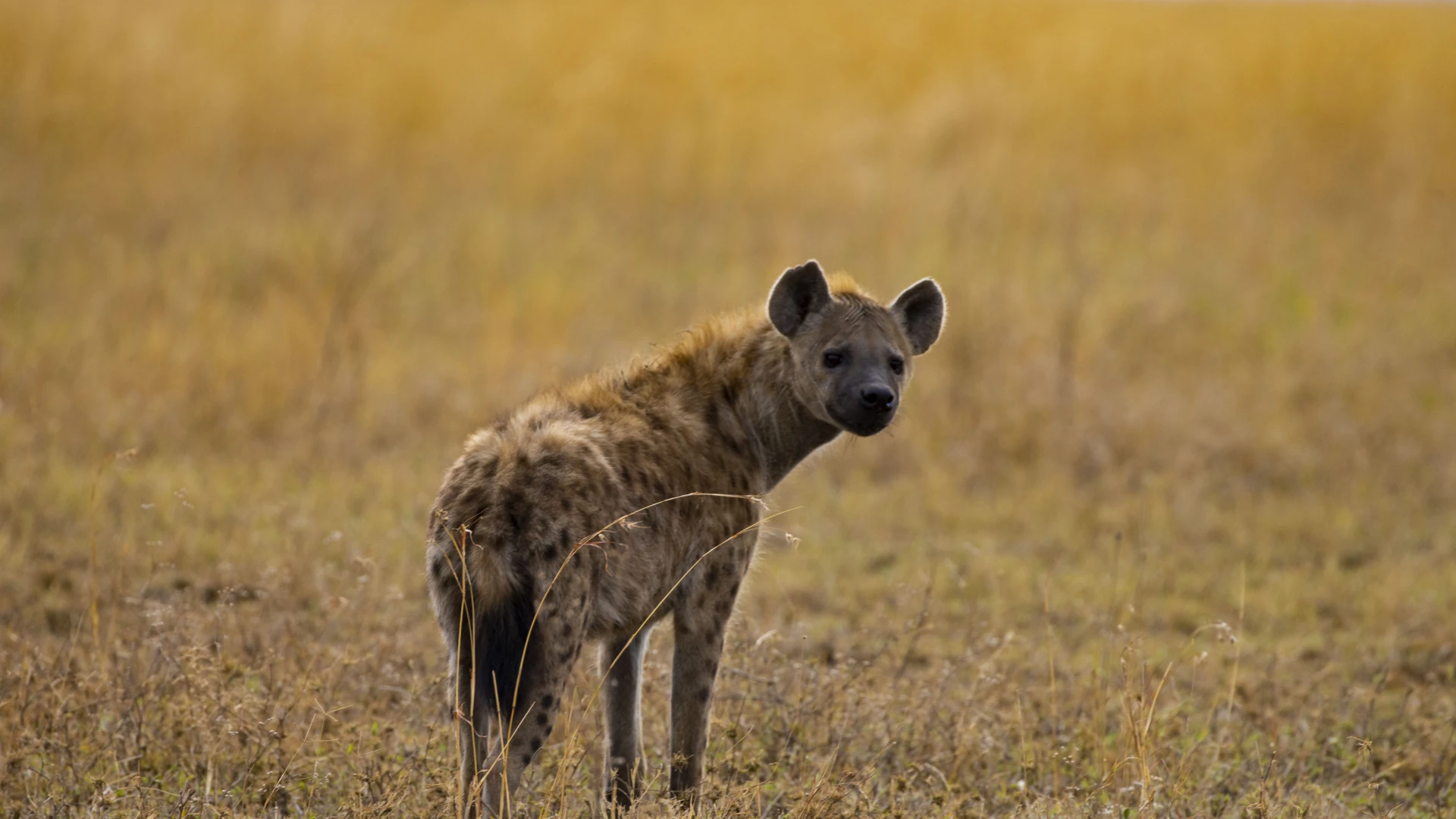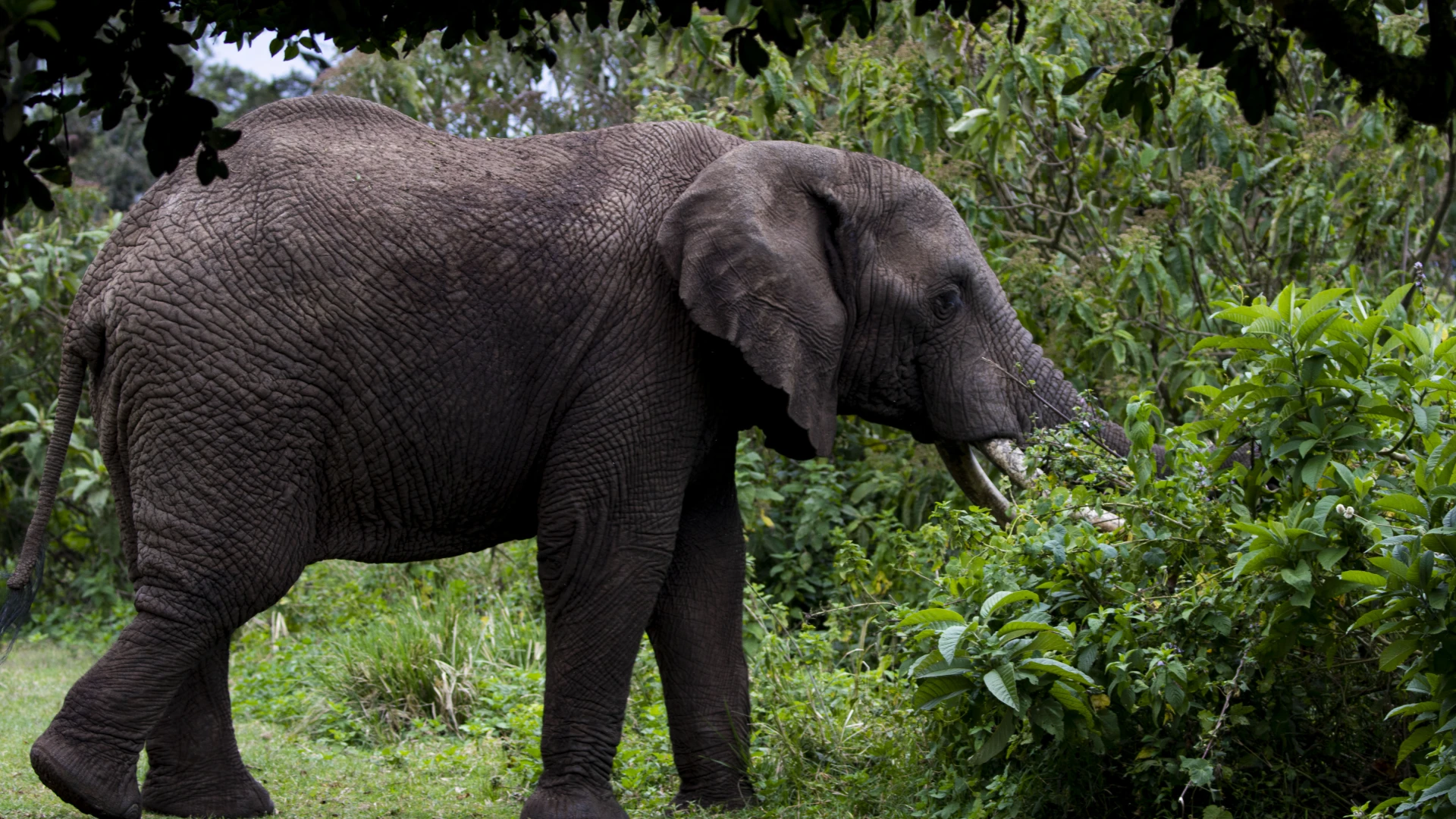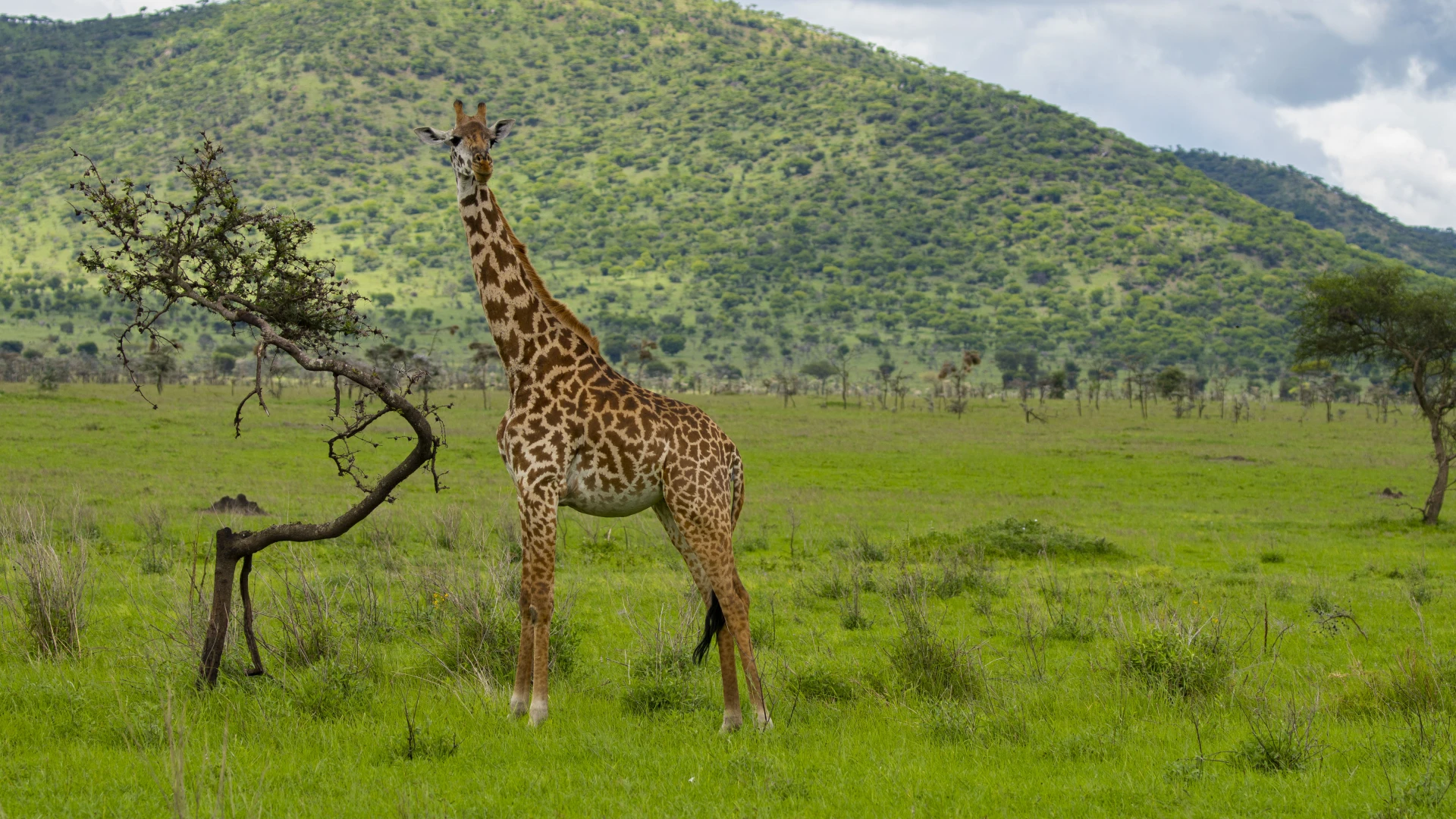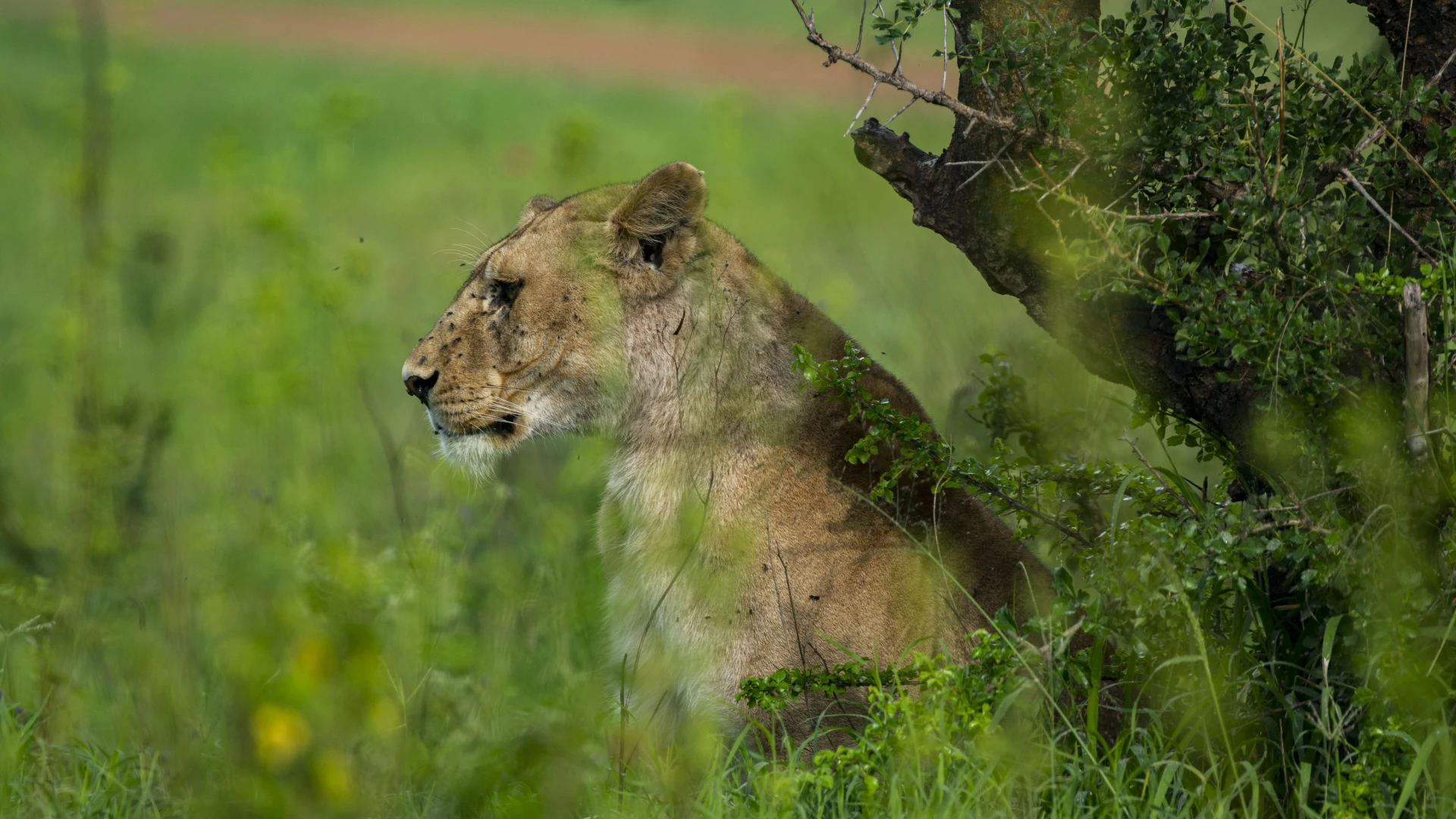
NGORONGORO NATIONAL PARK
NGORONGORO NATIONAL PARK
Tour SummaryThe Ngorongoro Conservation Area in northern Tanzania is a remarkable place, often referred to as "The World’s Heaven" due to its natural beauty, rich wildlife, and deep cultural heritage. This stunning region is home to the famous Ngorongoro Crater, a massive volcanic caldera that serves as one of the world's largest intact volcanic craters. Beyond the crater, the area is teeming with wildlife, from the iconic "Big 5" game (elephant, lion, leopard, buffalo, and rhino) to vast herds of wildebeest and zebra that migrate across its plains.
Availability
Whole Year
Price
$2,900/Person
Duration
4 Days
Tour Highlights
Ngorongoro Crater:
The centerpiece of the conservation area, the Ngorongoro Crater, is a UNESCO World Heritage Site and considered one of the most stunning natural wonders of Africa. It was formed millions of years ago after a massive volcanic eruption collapsed the volcano’s summit. The crater floor covers about 260 square kilometers (100 square miles) and remains one of the most biodiverse places on the planet. It is often referred to as the \Garden of Eden\ due to its rich concentration of wildlife and spectacular scenery.
Diverse Wildlife:
The NCA is home to a rich array of animals. Notably, it supports a large population of the Big 5 animals: elephants, lions, leopards, buffaloes, and rhinos. It also hosts wildebeests, zebras, gazelles, hartebeests, hyenas, and even the rare African wild dog. The area is known for one of the densest populations of lions, although these lions face challenges such as inbreeding and diseases like canine distemper, which has impacted their numbers.
The Maasai People:
The semi-nomadic Maasai people have coexisted with wildlife for centuries. Their cattle graze alongside wild animals, a practice that has made the Ngorongoro Conservation Area a unique example of human-wildlife coexistence. However, changes in conservation laws, such as the 2009 Ngorongoro Wildlife Conservation Act, have placed restrictions on grazing and settlement, leading to tensions between the Maasai communities and conservation authorities.
The Great Migration:
Every year, over 1.7 million wildebeests, 260,000 zebras, and hundreds of thousands of gazelles pass through the conservation area in one of nature’s most incredible migrations. This movement is driven by the rains and the search for food, and it is a spectacular sight to witness.
Geological Significance:
The Ngorongoro Crater and surrounding volcanic features, such as the Olmoti Crater and Empakai Crater, offer important geological insights into volcanic activity and the East African Rift system. The active volcano Ol Doinyo Lengai is also nearby and continues to shape the landscape.
Rich History and Fossils:
The Olduvai Gorge, located within the Ngorongoro Conservation Area, is one of the most significant archaeological sites in the world. Fossils found here have provided critical evidence of early human ancestors, dating back over 3 million years. This makes the area not only a natural wonder but also a crucial part of humanity’s evolutionary history.
Challenges and Conservation:
While the Ngorongoro Conservation Area remains a vital ecological site, it faces challenges such as:
- Overpopulation of wildlife within the crater, which sometimes leads to resource depletion.
- Human-wildlife conflict between Maasai herders and wild animals, as the Maasai are increasingly restricted from accessing traditional grazing areas.
- Inbreeding among lion populations, due to the natural enclosure of the crater, which limits genetic diversity.
Efforts are ongoing to balance wildlife conservation with the rights and traditions of local communities. This includes finding ways to manage land use sustainably, protect endangered species, and mitigate the impact of tourism.
A Place of Global Importance:
Ngorongoro is truly a natural treasure and a place of immense ecological, cultural, and historical significance. With its breathtaking landscapes, abundant wildlife, and rich cultural heritage, it is a destination that offers something for everyone, from nature lovers to historians, and is a reminder of the delicate balance needed to preserve our world’s wonders for future generations.
Come and explore this World Heaven—where the beauty of nature, wildlife, and culture converge.
Gallery
Phone: +255 762 026 599

